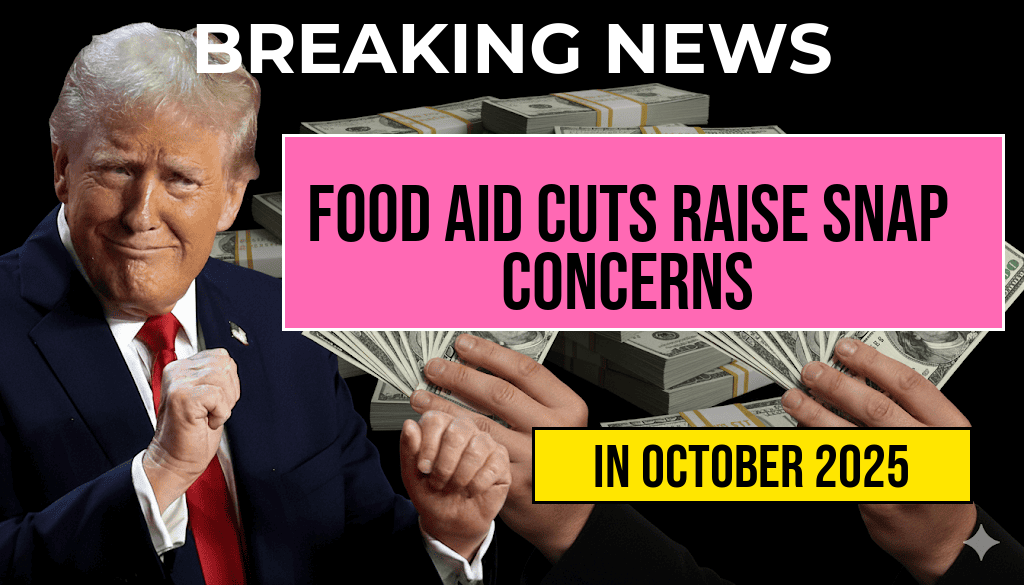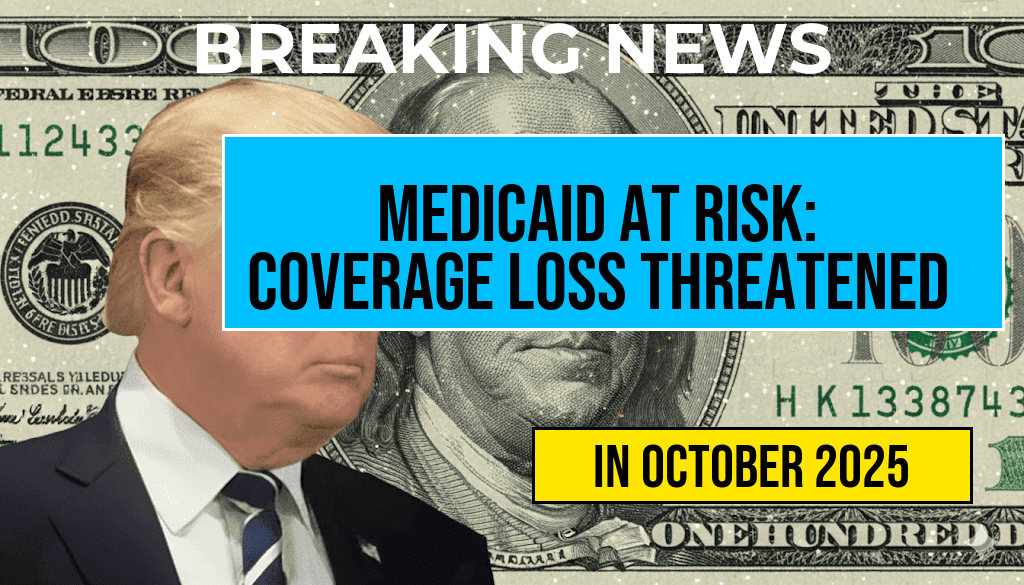Shaky Safety Net: Legislation Cuts $185 Billion from Food Assistance, Raising Concerns About Your $546 Two-Person SNAP Benefit
Recent legislative changes have triggered a significant reduction in federal funding for the Supplemental Nutrition Assistance Program (SNAP), commonly known as food stamps, totaling approximately $185 billion over the next decade. For the average two-person household, this translates to a potential decrease of about $546 annually—raising questions about the program’s ability to meet the nutritional needs of vulnerable Americans. As lawmakers debate the long-term impact, millions of recipients face uncertainty about their access to affordable food amid rising inflation and economic pressures.
The new legislation, passed as part of broader budget adjustments, aims to curb federal spending but has sparked widespread concern from advocates, economists, and recipients alike. Critics argue that these cuts could push millions further into food insecurity during an already challenging economic landscape, while supporters contend it’s a necessary measure to reduce government expenditure and promote fiscal responsibility.
Understanding the Scope of the Cuts
Breakdown of the Legislation
- Total Reduction: Approximately $185 billion over ten years, according to the Congressional Budget Office (CBO).
- Impact on Benefits: Estimated average reduction of $546 per household annually for two-person households.
- Affected Population: Around 41 million Americans rely on SNAP, according to the U.S. Department of Agriculture (USDA).
Mechanics of the Reduction
The legislation primarily tightens eligibility criteria, reduces benefit calculations, and limits the ability to access certain waivers that previously eased participation for vulnerable populations. Notably, the changes include:
- Restricting states’ ability to expand eligibility during economic downturns.
- Reducing the maximum benefit levels for some households.
- Implementing stricter work requirements, which could disqualify some recipients.
Potential Ramifications for Recipients
Impact on Household Food Security
Analysts warn that the cumulative effect of these reductions could push tens of thousands of families into deeper food insecurity. The USDA reports that about 10.2% of U.S. households experienced food insecurity at some point during 2022, a figure that could rise amid tighter benefits.
Economic and Health Consequences
Food insecurity has been linked to adverse health outcomes, including increased risks of chronic disease, developmental issues among children, and mental health challenges. Economists note that reduced SNAP benefits could lead to increased healthcare costs and strain social safety nets further down the line, especially as food prices continue to climb due to inflationary pressures.
Voices from the Field
Advocates Sound the Alarm
Organizations such as Feeding America and the National Council on Aging have issued statements warning that these cuts threaten to undo progress made in reducing hunger. Emma Johnson, a policy director at Feeding America, remarked, “Reducing access to food assistance during a time of economic uncertainty risks reversing years of progress in combating childhood hunger and overall food insecurity.”
Counterpoints from Legislators
Supporters of the legislation argue that it promotes responsible spending and encourages employment. Senator Mark Reynolds, a proponent of the measure, stated, “This is about ensuring taxpayer dollars are used efficiently while maintaining a safety net that encourages work and independence.”
What This Means for You
Assessing the Impact
| Current Average Benefit | Projected Reduction | New Estimated Benefit |
|---|---|---|
| $546/month | −$45/month | $501/month |
While the exact impact varies by household, any reduction in SNAP benefits can significantly affect budgets, especially for families facing rising food prices. Experts advise recipients to review their eligibility and explore additional assistance programs or community resources.
Next Steps and Resources
- Visit the USDA SNAP Eligibility website for detailed information on benefits and eligibility criteria.
- Contact local food banks and community organizations for immediate support and resources.
- Stay informed about legislative changes through trusted news outlets and advocacy groups.
As the debate over federal food assistance continues, the core concern remains clear: millions of Americans depend on SNAP to bridge the gap between income and necessary nutrition. Policymakers face the challenge of balancing fiscal responsibility with the moral imperative to ensure no family goes hungry.
Frequently Asked Questions
What is the main impact of the recent legislation on food assistance programs?
The recent legislation has cut $185 billion from food assistance programs, significantly reducing funding and raising concerns about the availability and adequacy of support for vulnerable families.
How does the legislation affect the typical SNAP benefit for a two-person household?
The legislation’s cuts have led to a decrease in the $546 average SNAP benefit for a two-person household, potentially making it more challenging for families to meet their nutritional needs.
Why are policymakers and advocates concerned about these funding reductions?
Policymakers and advocates are worried because the funding cuts threaten to increase food insecurity among low-income populations, especially during times of economic hardship.
What are the potential consequences of reduced food assistance on families?
Reduced food assistance could lead to higher rates of hunger, decreased nutritional quality of diets, and increased financial strain on families relying on SNAP benefits.
Are there any ongoing efforts to address the impact of these cuts?
Some advocacy groups and lawmakers are pushing for policy changes to restore funding and expand support, aiming to mitigate the adverse effects of the recent legislation on food security.










